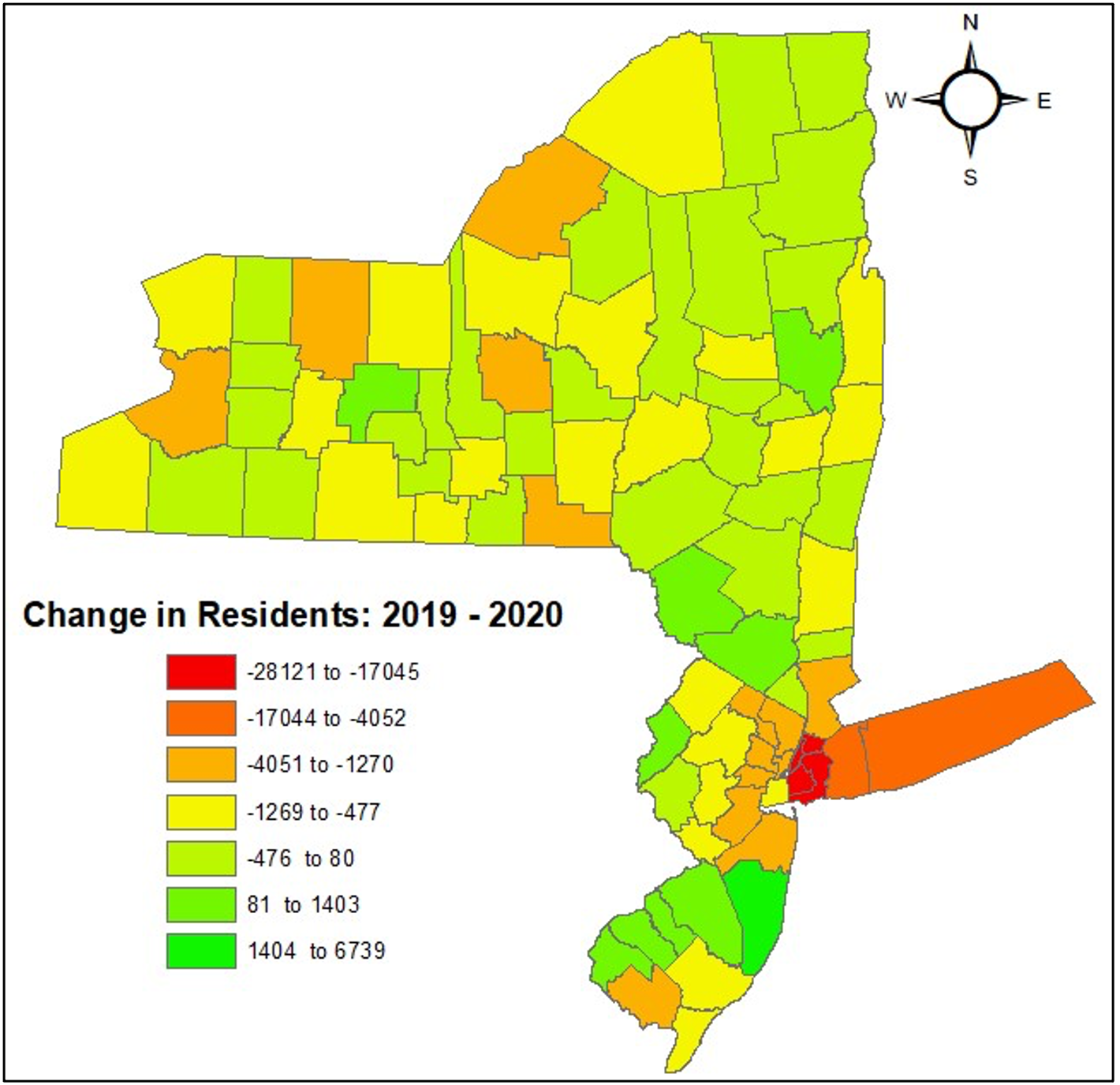The United States was built upon a foundation of social and economic inequalities whose echoes are still felt nationwide to this day. Robert Moses, the mid-century de facto engineer of the greater New York City metropolitan area, intentionally favored highways over public transit, electing to construct those highways through minority and low-income neighborhoods, effectively reducing public transport mobility for those populations. Some of these highways, namely, those which lead to Long Island beaches, were designed with overpasses too low to accommodate buses, preventing those without personal vehicles from accessing the shorelines with ease.
Structural inequalities are deeply ingrained in our transportation systems. Old metropolitan areas, unlike rural or suburban spaces, often do not have the funding or physical geometric space to build facilities that correct these historic injustices and adequately serve all modes of transport. These retrofitting efforts are complex but would be made easier if the initial planning had been undertaken with an eye towards equity. Going back to the beginning and doing everything right is a tempting but impossible endeavor for these established cities.
County Map of New Jersey and New York Population Changes 2019-2020

Sources: NJ, NY, Population Data
There is an opportunity on the horizon to build and develop equitable, accessible, and multimodal transportation networks that serve every facet of the traveling public, and it is born from the urban sprawl witnessed in the wake of the COVID-19 pandemic. With this urbanization, comes a chance to plan and engineer growing communities with consideration for a more equitable future. Beginning in early 2020, the pandemic triggered a large shift in the workforce towards remote work and this trend shows no signs of stopping. With the newfound flexibility in working arrangements, many people, especially younger adults, have taken to moving away from large urban centers into more suburban or rural areas that may not have the infrastructure in place to accommodate these population surges. These rural and suburban areas boast a lower cost of living, opportunities for home ownership, and often, closer proximity to desirable weekend recreation. The figure shows an example of the greater New York City area, breaking down county-by-county the respective population losses and gains before and during the pandemic. As is shown, counties including and surrounding New York City experienced significant decreases in population, while suburban counties in New Jersey and more rural counties in New York experienced increases.
It is critical that elected officials, local stakeholders, and public sector engineers and planners in the communities experiencing these population surges are willing to work cooperatively with engineers and planners from neighboring cities who have experience in metropolitan environments. This will allow local and regional stakeholders to learn about the increased travel demand, transit ridership, and multimodal infrastructure needs anticipated in transportation networks as the surrounding areas grow and develop. It also facilitates cooperative planning with adjacent stakeholders to develop a connected network between cities, suburbs, and small towns. This connected network needs to include holistic infrastructure that supports bicyclists, pedestrians, and transit. Incorporating the knowledge and foresight of experienced professionals early on will create the best atmosphere for adaptation as the community changes. With the knowledge and input of subject matter experts, these counties and municipalities must begin updating their master plans for transportation.
Presently, when designing traffic signals and roadway corridors, future traffic volume projections are made based on anticipated background growth tables. These growth rates enable the long-term modeling of traffic performance over time. It is important that these growth tables are updated to reflect the changing pandemic population trends. By observing the current population figures and other variables like local residential and commercial development, more aggressive growth rates can be assigned to these suburban and rural communities. This paves the way for design alternatives that accurately account for the anticipated increased traffic stress.
A key facet of preparing for growth is regulating and constructing with the future in mind. Identifying key arterial roadways that have the potential to become overstressed in the future, is the first step to developing a network prioritization plan. Where possible, the acquisition of greater roadway easements along these significant routes is preferable for easier widening when needed. Additionally, by codifying larger building setbacks along highways and arterials that are expected to require increased capacity, counties and municipalities would ensure that the space required for roadway widening remains undeveloped and more readily purchasable and constructible.
Budgets are typically and understandably the largest stumbling blocks to implementing large-scale infrastructural changes, but with the increased number of remote workers come a broader tax base. As younger adults flee the cities in favor of more scenic locales, they bring with them the higher salaries associated with metropolitan areas. County and municipal stakeholders should anticipate these tax incomes with similar methodologies employed to anticipate population surges. In so doing, any significant infrastructural investments are undertaken with the new tax base accounted for.
Changing population distributions are a new opportunity for less populated areas to approach urban planning with an eye towards a more equitable future. With these measures in place, there will be enough capacity and budget to accommodate these population influxes as they occur. As urbanization continues, these communities will be well-positioned to expand and connect with neighboring areas, having already fully developed scalable multimodal transportation networks. When the highway overpass spans are large enough for non-motorists and have enough clearance for buses, we will have transportation networks that truly work for everyone, because everyone should have access to the beach.
The views expressed above are those of the author and do not necessarily reflect the views of the Eno Center for Transportation.




